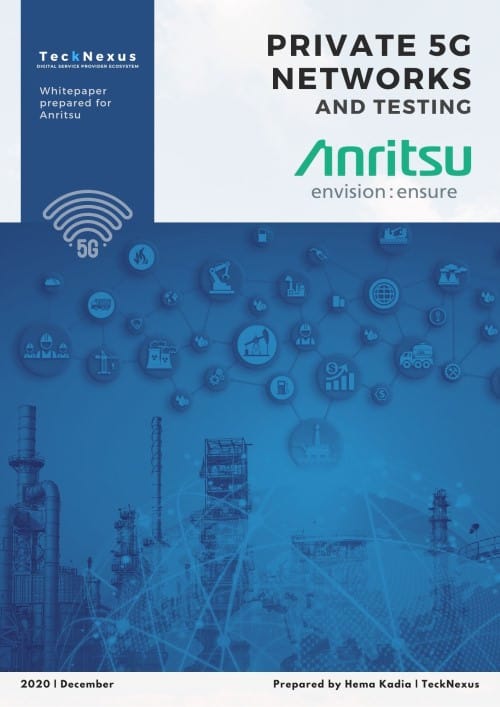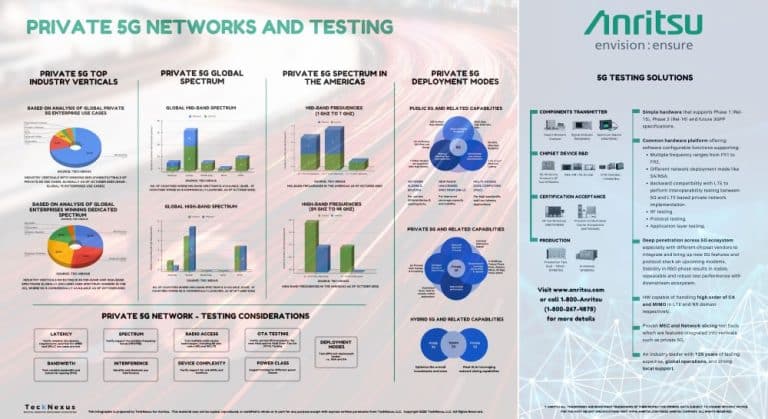In an ambitious step toward eliminating the digital divide, AT&T has announced an increase in its investment in promoting digital equity, committing an additional $3 billion to its efforts. This increase brings the total investment to $5 billion since 2021, with a goal of enabling 25 million individuals to access the Internet and develop digital literacy by the end of this decade. This initiative reflects AT&T’s comprehensive approach to addressing the digital divide, targeting the critical areas of affordability, access, and the adoption of technology.
Key Aspects of AT&T’s Digital Equity Drive
- Enhanced Commitment: With a cumulative investment of $5 billion since 2021, AT&T reaffirms its dedication to narrowing the digital divide.
- Broad Outreach: Aiming to connect 25 million people by 2030, the initiative focuses on increasing digital inclusion among the most underserved communities.
- Focused Investment: The emphasis is on overcoming the fundamental obstacles to internet connectivity, particularly making it more affordable and accessible.
AT&T’s announcement comes in response to the stark reality that millions of Americans are still without reliable internet access, significantly limiting their opportunities for educational attainment, healthcare access, and economic growth. By bolstering its commitment, AT&T seeks not only to expand internet access but also to make it more affordable and to ease the process of technology adoption for users.
John Stankey, CEO of AT&T, highlighted the transformative power of connectivity in today’s society, from enabling academic achievements to fostering closer familial connections over long distances. This expanded commitment is a testament to AT&T’s mission to ensure comprehensive digital inclusivity, having already made substantial progress with nearly 5 million Americans benefiting from its initiatives since 2021.
Broadening Horizons Through AT&T’s Learning Centers
At the heart of AT&T’s strategy are its Connected Learning Centers (CLC), which have become beacons of digital education and access across the nation. These centers are equipped with state-of-the-art technology and broadband access, serving as vital resources for communities in need. From young students to seniors, CLCs offer tailored programs that address the specific digital needs of diverse demographics, facilitating everything from basic internet skills to advanced digital literacy.
The impact of these centers is profound, with numerous success stories emerging from individuals who have leveraged these resources for personal and professional growth. For instance, beneficiaries have successfully navigated the path to U.S. citizenship, embarked on higher education journeys, and secured employment opportunities, all through the digital literacy and access provided by CLCs.
Beyond Individual Impact: Strengthening Communities
AT&T’s initiative has led to over $123 million in charitable contributions, impacting hundreds of thousands through digital learning platforms, educational resources, and connectivity solutions. This holistic approach extends to improving internet access in underserved areas, including America’s Tribal lands, where the digital divide is particularly pronounced.
The company’s efforts also encompass advocating for sustainable solutions to ensure long-term digital equity. This includes support for federal programs like the Affordable Connectivity Program and investments in 5G and fiber networks to enhance the quality and reach of internet services across the country.
The Road Forward: AT&T’s Pledge for Inclusive Connectivity
As AT&T continues to expand its digital equity initiatives, the focus remains on fostering partnerships and leveraging technological advancements to ensure that everyone, regardless of their location or economic status, has access to the opportunities provided by the digital world. With its significant investment and targeted approach, AT&T is setting a precedent for corporate responsibility in bridging the digital divide, aiming for a future where digital inclusivity is a reality for all.
This enhanced commitment from AT&T represents a major leap forward in the collective effort to achieve digital equity, promising a future where every American can harness the full potential of digital connectivity for education, health, and economic prosperity.”






























